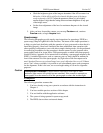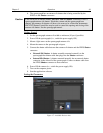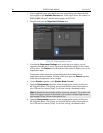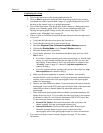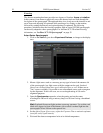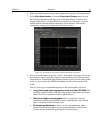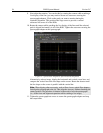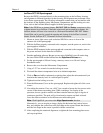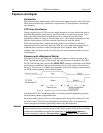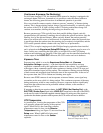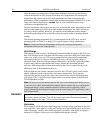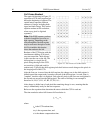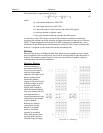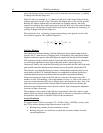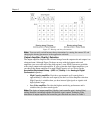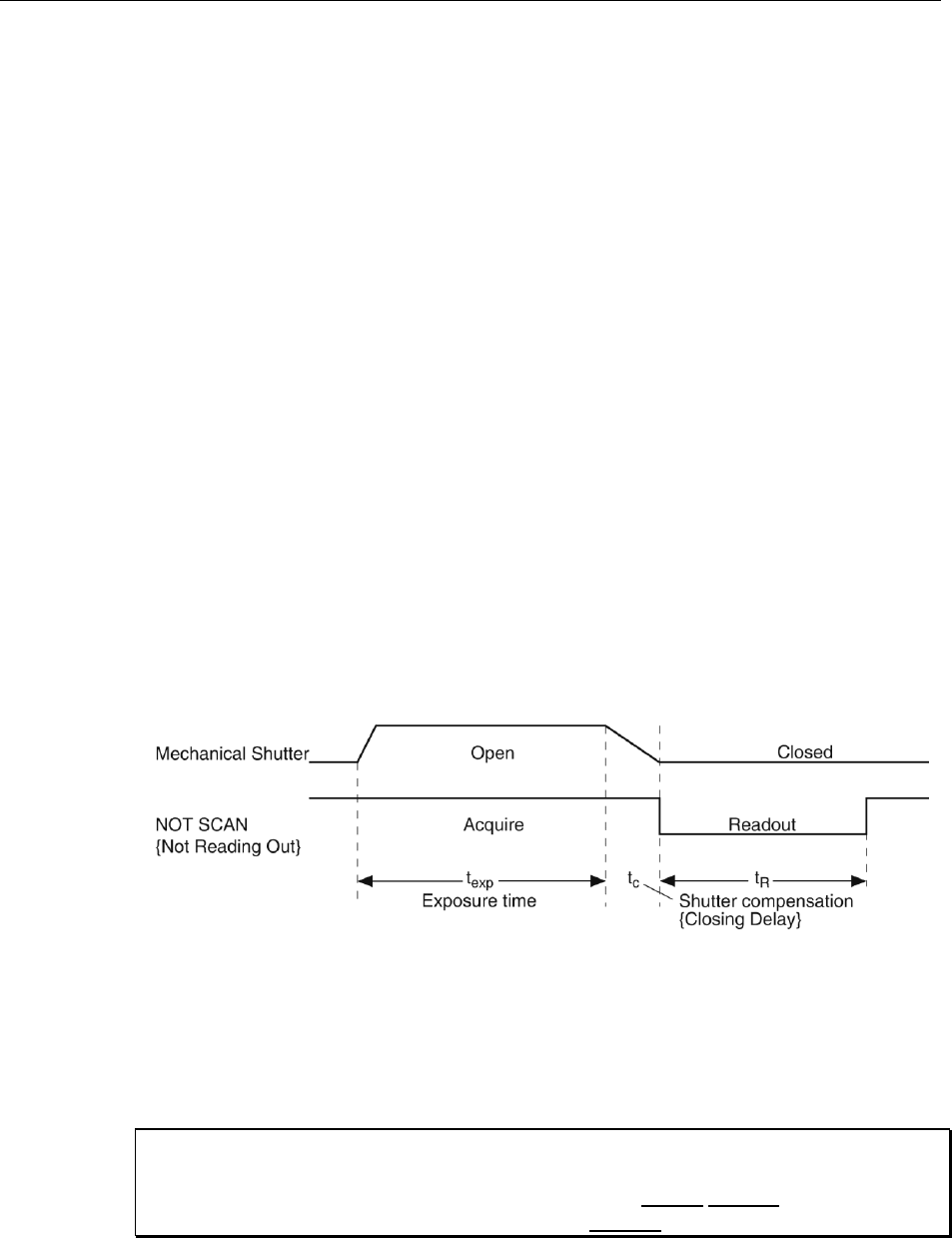
56 PIXIS System Manual Version 2.C
Exposure and Signal
Introduction
The following topics address factors that can affect the signal acquired on the CCD array.
These factors include array architecture, exposure time, CCD temperature, dark charge,
and saturation.
CCD Array Architecture
Charge coupled devices (CCDs) can be roughly thought of as a two-dimensional grid of
individual photodiodes (called pixels), each connected to its own charge storage “well.”
Each pixel senses the intensity of light falling on its collection area, and stores a
proportional amount of charge in its associated “well.” Once charge accumulates for the
specified exposure time (set in the software), the pixels are read out serially.
CCD arrays perform three essential functions: photons are transduced to electrons,
integrated and stored, and finally read out. CCDs are very compact and rugged and can
withstand direct exposure to relatively high light levels, magnetic fields, and RF
radiation. They are easily cooled and can be precisely thermostated to within a few tens
of millidegrees.
Exposure with a Mechanical Shutter
For some CCD arrays, the PIXIS uses a mechanical shutter to control exposure of the
CCD. The diagram in Figure 22 shows how the exposure period is measured. The NOT
SCAN {Not Reading Out} signal at the LOGIC OUT connector on the back of the PIXIS
can be used to monitor the exposure and readout cycle (t
R
). This signal is also shown in
Figure 22. The value of t
c
is shutter type dependent, and will be configured automatically
for PIXIS cameras shipped with an internal shutter.
Figure 22. Exposure of the CCD with Shutter Compensation
Note that NOT SCAN {Not Reading Out} is low during readout, high during exposure,
and high during shutter compensation time.
Since most shutters behave like an iris, the opening and closing of the shutter will cause
the center of the CCD to be exposed slightly longer than the edges. It is important to
realize this physical limitation, particularly when using short exposures.
A shutter can become overheated when short, rapidly repeated exposures are used or if the
shutter is held open for an extended period of time. Newer versions of the WinView/WinSpec
software and camera hardware monitor the temperature of 45 mm internal shutters to
prevent overheating conditions. The temperature of external shutters is NOT monitored!
Caution



